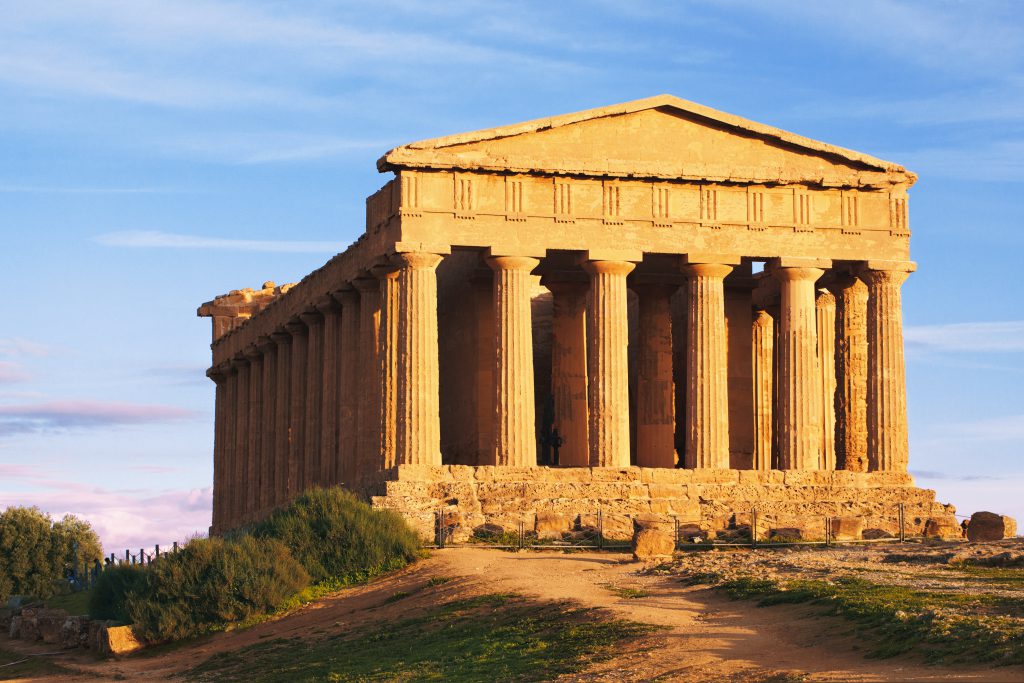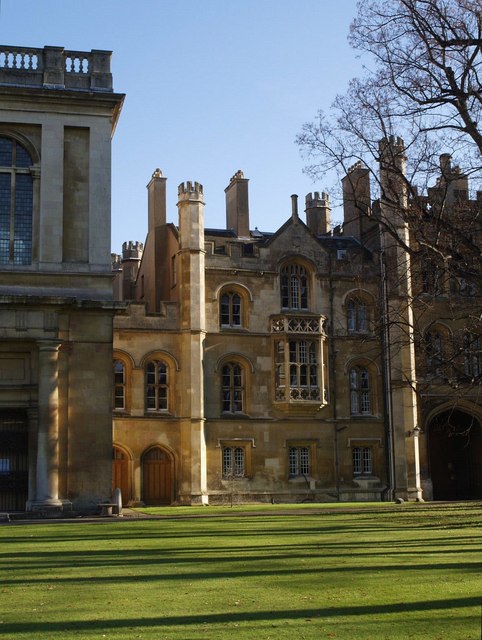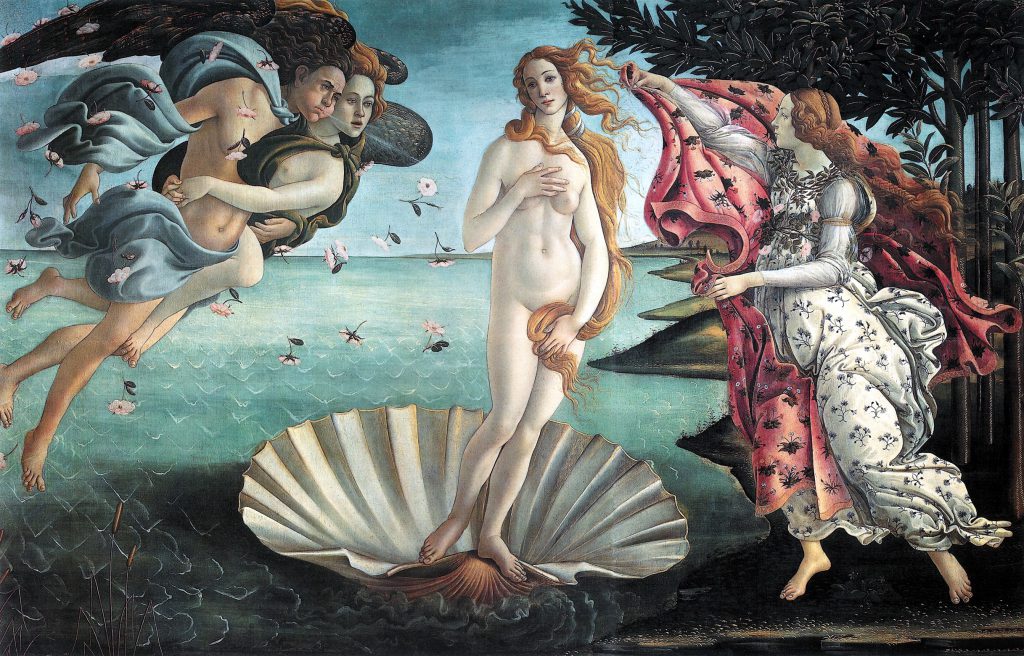
In 1648, Dr. John Wilkins assembled at Oxford a group of the leading scientific investigators of his time. They all shared, in addition, a keen interest in research that extended into the realms of alchemy, magic, sacred geometry, and the metaphysical. Wilkins had recently published Mathematical Magic based on the writings of Elizabethan magus John Dee. Included were chemist Robert Boyle, physicist and astronomer Robert Hooke, anatomist William Petty, and young future architect Christopher Wren. Antiquary and alchemist Elias Ashmole, future royal official and founder of Oxford’s Ashmolean Museum, and antiquary John Aubrey, who would discover the standing stone formations of Avebury, were among the initial members as well.

It was an informal network with a shared passion for deeply probing the true nature, origins, and functioning of creation. In January 1649, King Charles I was executed. Oliver Cromwell and his Puritan allies had no liking or tolerance for studies that were esoteric and unconventional. Wilkins’ group became clandestine with no fixed meeting place or membership. As a result, it gradually became known as the “Invisible College.”

Another branch assembled in London where its meetings were sometimes broken up by Cromwell’s soldiers. These London sessions were led by Samuel Hartlib, a famed Hermeticist with connections to the shadowy Rosicrucian Brotherhood. Also participating was alchemist Thomas Vaughn. The London group became known as the “Hartlib Circle.” Cambridge Platonists, led by Henry More, were affiliated with the Hartlib Circle as well.

Following Cromwell’s death in 1658, the lusty Charles II was also intrigued by the researches being conducted by England’s new generation of scientists. In 1659, Christopher Wren was appointed professor of astronomy at Gresham College and the Invisible College was soon using Wren’s rooms there as a meeting place. In 1660, several members, including Wilkins, Wren, Boyle, and Ashmole, would take leading roles in the formation of the Royal Society for the Advancement of Science.

In 1669, twenty-seven year old Isaac Newton, physicist, alchemist, and scholar of ancient civilizations, began to establish his own relationship with the Invisible College. In 1672, Newton too would become an early member of the Royal Society and eventually follow Christopher Wren as its president. The Royal Society’s website still traces its own origins to the seventeenth century “‘invisible college’ of natural philosophers.”

The explorers of the Invisible College understood that aspects of the knowledge they were rediscovering stretched far back in time. They came to see themselves as just one part of a far larger Invisible College, heirs of an “underground river” of hidden arcane wisdom frequently barred and banned from the world above. They perceived too that they dwelt, in reality, within a boundless divinity, an “invisible cathedral” that encompassed the entire earth and the heavens beyond. Numerous ancient wisdom streams have been passed on through a wide array of cultures that have existed all over the world. The “underground river” that flowed through and beyond the original Invisible College is just one of them. There have been many more.

The New Invisible College
